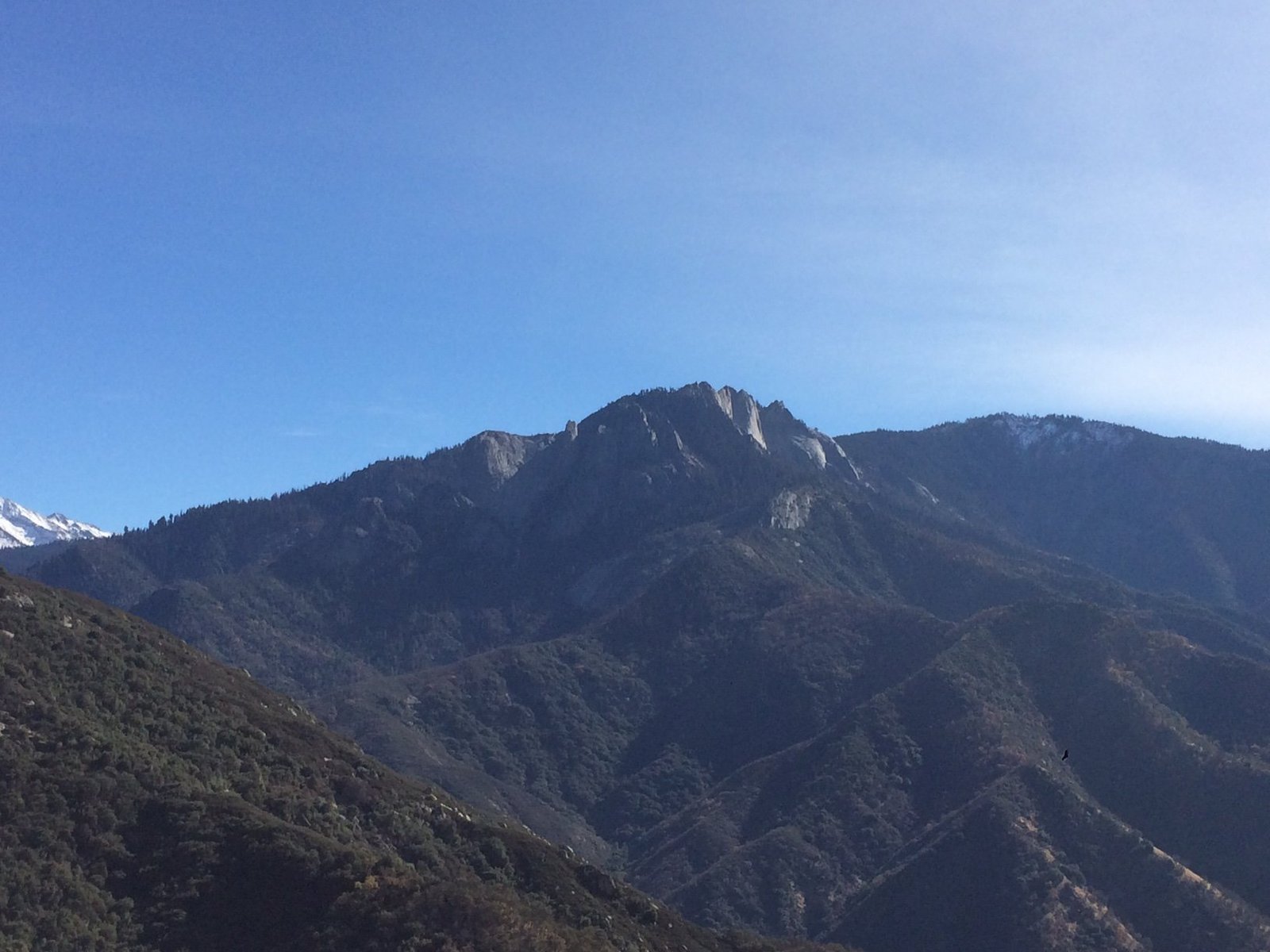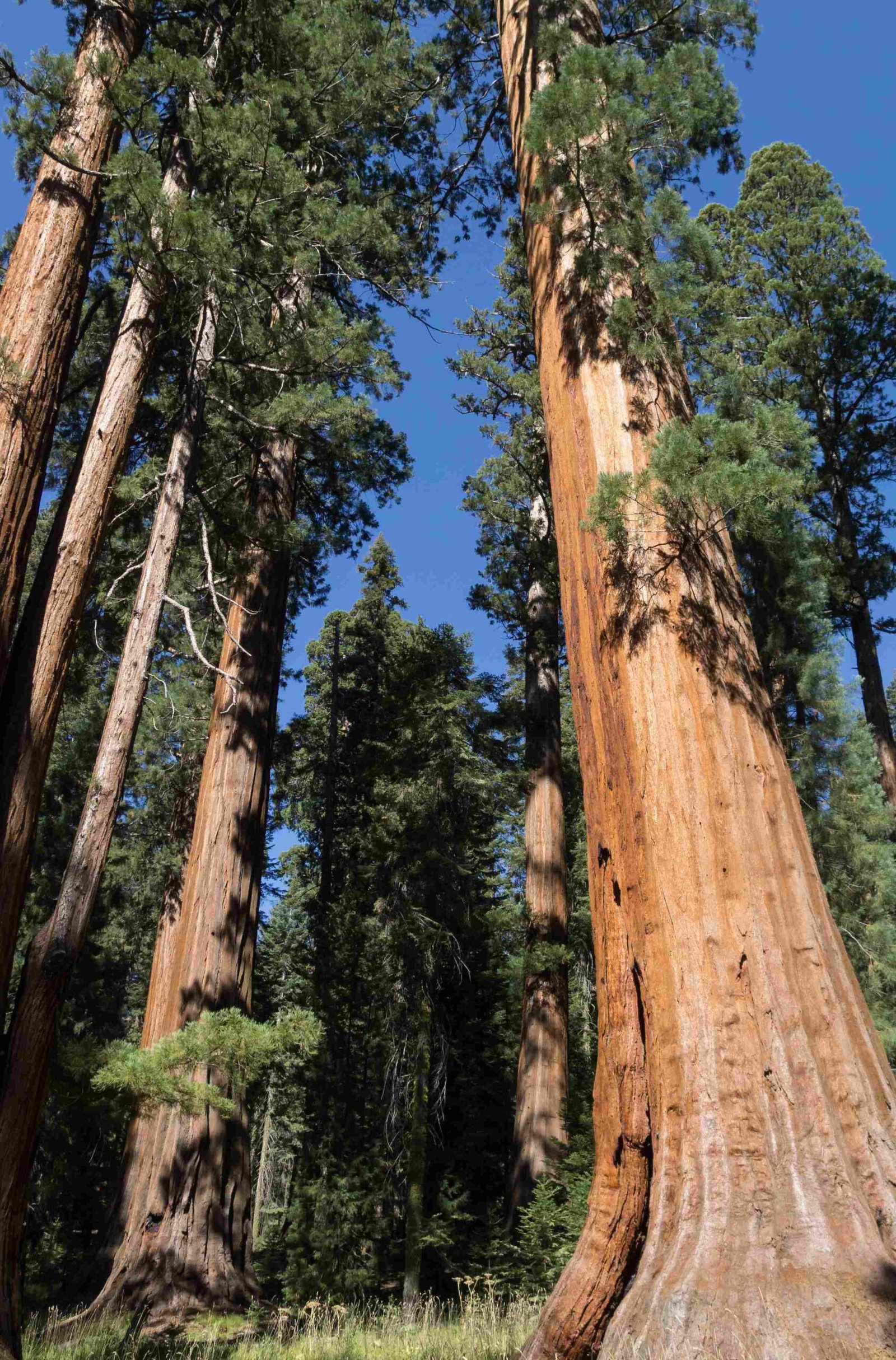The Sequoia National Park fire ban is a critical measure implemented to protect the park’s unique ecosystem and ensure visitor safety. Currently, Stage 1 fire restrictions are in effect, prohibiting wood and charcoal fires at elevations below 3,000 feet. These restrictions impact popular areas like Potwisha Campground and Hospital Rock Picnic Area. Visitors must stay informed about the latest regulations and adhere to fire safety guidelines to preserve this natural wonder.
What Are the Current Sequoia National Park Fire Ban Regulations?

The current fire ban regulations in Sequoia National Park are designed to minimize fire risks while allowing visitors to enjoy the park responsibly. Here’s a breakdown of the key points:
- Stage 1 Fire Restrictions are in effect
- Wood and charcoal fires are prohibited below 3,000 feet elevation
- Affected areas include specific campgrounds and picnic areas
- Additional restrictions apply to wilderness areas to protect alpine ecosystems
It’s crucial for visitors to check for updates before and during their visit, as regulations may change based on weather conditions and fire risk assessments.
Where Are Campfires Allowed in Sequoia National Park?

Understanding where campfires are permitted is essential for a safe and enjoyable visit to Sequoia National Park. Here’s what you need to know:
- Above 3,000 feet: Campfires are generally allowed in designated campsites when fire restrictions are not in place.
- Below 3,000 feet: During Stage 1 restrictions, campfires are prohibited in these areas.
- Wilderness areas: Year-round elevation and site-specific campfire restrictions apply.
| Elevation | Campfire Status |
|---|---|
| Above 3,000 feet | Generally allowed in designated sites |
| Below 3,000 feet | Prohibited during Stage 1 restrictions |
| Wilderness areas | Subject to specific restrictions |
Always use designated fire rings or pits when campfires are permitted, and never leave a fire unattended.
What Fire Safety Equipment Is Required?
While specific fire safety equipment requirements are not explicitly stated, responsible visitors should always be prepared. Here’s a recommended list of fire safety equipment:
- Water container (for extinguishing fires)
- Shovel (for stirring and spreading ashes)
- Bucket (for carrying water or sand)
- Fire extinguisher (as an extra precaution)
Having these items on hand ensures you can properly manage and extinguish your campfire, reducing the risk of accidental wildfires.
How Should Visitors Extinguish Campfires?
Proper fire extinguishing is crucial for preventing wildfires. Follow these steps to ensure your campfire is completely out:
- Drown: Pour water over the entire fire, saturating all embers.
- Stir: Use a shovel to mix the ashes and expose any hidden hot spots.
- Repeat: Add more water and stir again until the fire is cold to the touch.
- Check: Before leaving, verify that no heat remains by holding your hand near the ashes.
Remember, a fire is not out until it’s cold. Take the time to properly extinguish your campfire to protect the park and its visitors.
What Are the Penalties for Violating the Fire Ban?
Violating the Sequoia National Park fire ban can result in serious consequences. While specific penalties are not detailed in the provided sources, visitors should be aware of the following:
- Fines can be substantial
- Legal action may be taken against violators
- Repeat offenders may face more severe penalties
- Violators may be held responsible for fire suppression costs if their actions lead to a wildfire
The severity of these penalties underscores the importance of adhering to fire ban regulations and practicing responsible fire management within the park.
How Often Do Rangers Patrol for Fire Ban Violations?
Park rangers play a crucial role in enforcing the Sequoia National Park fire ban. While exact patrol frequencies are not disclosed, visitors can expect:
- Regular patrols throughout the park
- Increased patrol presence during high fire danger periods
- Spot checks at campsites and popular areas
- Ranger-led educational programs on fire safety
Rangers are not only there to enforce rules but also to educate visitors about fire safety and the importance of preserving the park’s natural beauty.
What Public Awareness Initiatives Are in Place for the Fire Ban?
Sequoia National Park employs various methods to keep visitors informed about the fire ban and fire safety:
- Information Boards: Located at visitor centers and key locations throughout the park
- Online Updates: Regular updates on the official park website and social media channels
- Ranger Programs: Educational talks and demonstrations on fire safety
- Printed Materials: Brochures and flyers distributed at park entrances
- Campground Hosts: Trained to provide fire ban information to campers
Visitors are encouraged to take advantage of these resources to stay informed about current fire regulations and safety practices.
How Does the Fire Ban Affect Different Areas of the Park?
The Sequoia National Park fire ban impacts various areas differently:
- Foothills (Below 3,000 feet): Most affected by Stage 1 restrictions, with complete bans on wood and charcoal fires
- Mid-Elevation Areas: May have fewer restrictions, but visitors should still check current regulations
- Wilderness Areas: Subject to year-round fire restrictions to protect sensitive ecosystems
- Developed Campgrounds: Restrictions may vary; always check with camp hosts or rangers
| Area | Fire Ban Impact |
|---|---|
| Foothills | Complete ban on wood/charcoal fires |
| Mid-Elevation | Varied restrictions; check current rules |
| Wilderness | Year-round restrictions in place |
| Developed Campgrounds | Restrictions may vary; verify locally |
Understanding these area-specific regulations helps visitors plan their activities and comply with the fire ban.
What Alternatives Are Available for Cooking During a Fire Ban?
When the Sequoia National Park fire ban is in effect, visitors still have options for cooking and staying warm:
- Portable gas stoves (with proper fuel canisters)
- Electric cooking devices (where power is available)
- Cold meals and no-cook food options
- Designated communal cooking areas (if provided by the park)
Always check current regulations before using any cooking equipment, as restrictions may change based on fire danger levels.
By following these guidelines and staying informed about the Sequoia National Park fire ban, visitors can help protect this magnificent natural treasure while enjoying a safe and memorable experience in one of America’s most beautiful national parks.

